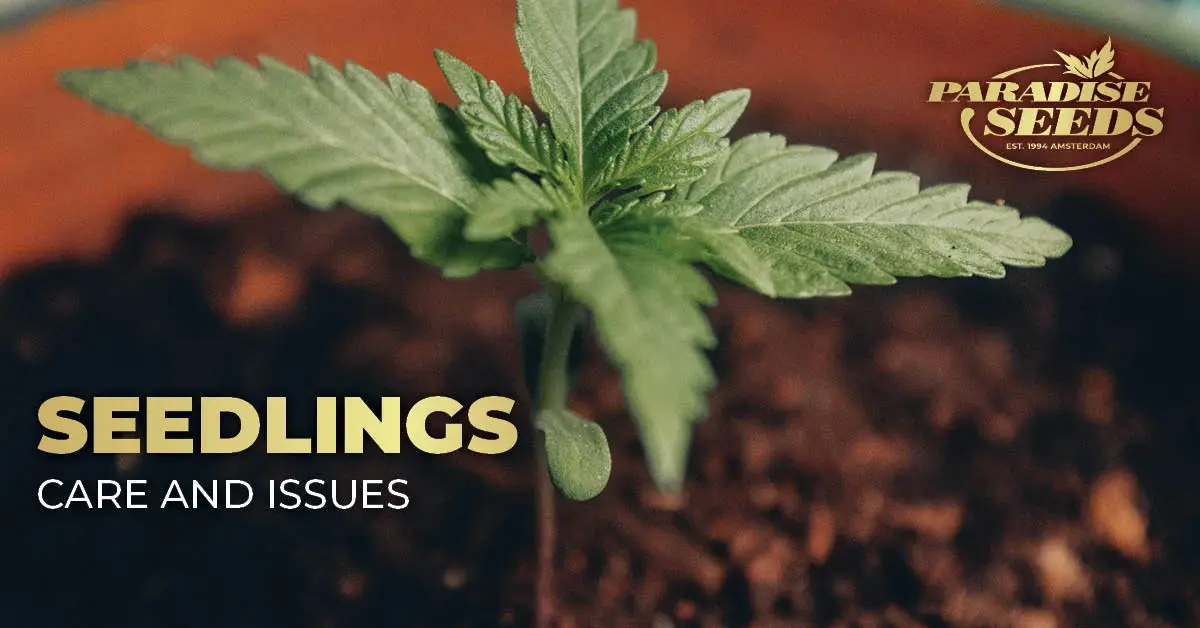The seedling stage is one of the shortest of the 4 lifecycle of a cannabis plant and yet it plays an essential part in determining healthy growth of your plant. In this article we will take a look at these aspects in greater detail as well as consider some of the common issues and tips during this stage.
Contents
What is the seedling stage?
This stage encompasses the early growth of a cannabis plant between germination and entering the vegetative stage. This applies for both feminized photoperiod and autoflower seeds.
Once a seed has successfully gone through the germination process, it sprouts and a small taproot emerges and begins to establish itself in the soil.
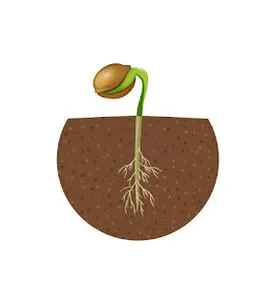
As the tap root grows downwards, the new plant breaks the surface of the soil and grows upwards, displaying its first leafs, which are known as a cotelydon.
Within days ‘leaves’ begin to develop above the cotelydon. These have ridges and serrated leaf edges, and as the small plant grows these leaves start to form the distinctive shape of the classic cannabis leaf. You can now call it a seedling.
Check out our Skunkworks video for some tips on growing healthy seedlings!

How long does this stage last?
This phase lasts from 2 to 3 weeks (if outdoors, then this stage can last a little longer, especially if the light is poor – such as a consistent run of overcast days).
During this stage it may seem as if plant growth above the soil is quite slow, but most of the magic is happening under the ground. In the first few weeks of a plant’s life its energy is focused on rapidly developing its root system.
After this is established, upward growth accelerates and this phase lasts until foliage starts to develop more comprehensively and side branches extend and fill out.
Essential tips for healthy seedlings
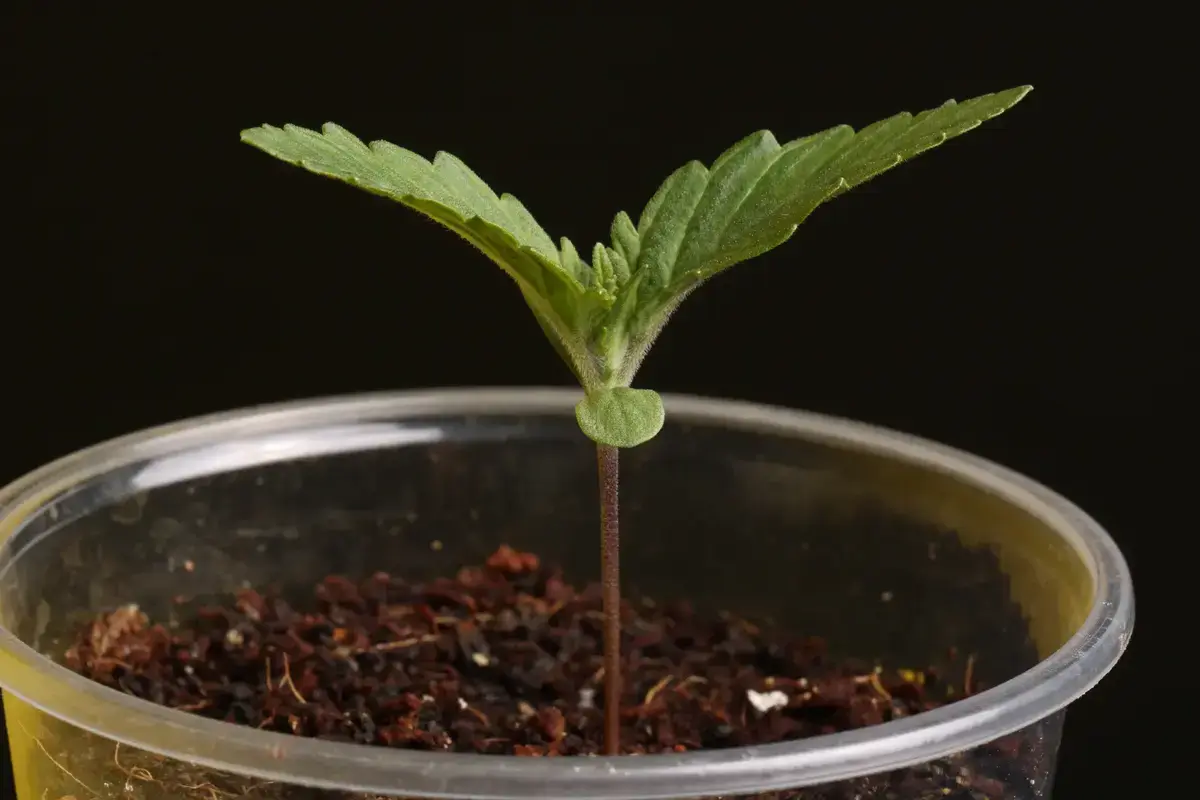
During this phase of the growth period, light, water, grow medium and heat are the essential ingredients to fuel its fragile root system as it develops into a full fledged plant.
Planting
There are two schools of thought regarding the planting of germinated seeds. Most growers will plant germinated cannabis seeds in small pots – although not too small as these will inhibit the development of the root system.
Alternatively, some growers suggest that a seed should be planted in the pot it will spend its life in to avoid the stress involved with transplanting.
The most popular route is to grow in a small growing pot and then transplant once they require a bigger pot.
Always use a specialist seed or seedling soil for the grow medium, as this will supply the small plant with the essential nutrients during this phase. The desired pH level is 6.0 – 6.5.
Watering
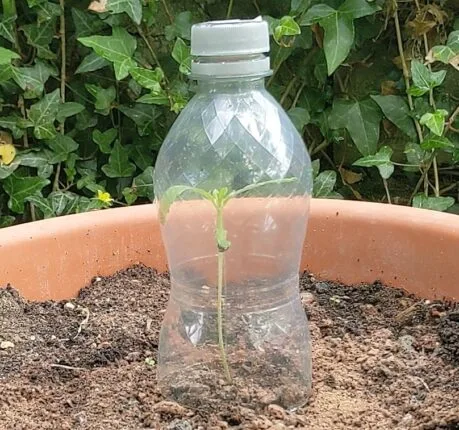
In the early days, this should be done often, but in small quantities, to prevent drowning the root system, which can lead to a condition called root rot (often referred to as ‘damping off’). On the flipside, not enough water will dry out the root system.
Key is to check regularly and make sure the soil is moist.
- As the plant is still small and leaves are developing, it is recommended to use a spray bottle on mist setting.
- To stop seedlings from drying out and increase humidity it is recommended to create a microclimate using a see-trhough dome like a plastic bottle.
- For optimal growth, RH (Relative Humidity) should be kept at 80 – 90% if possible
Lighting
Young cannabis plants will be stretching towards the light as they grow. However, as the plant is still fragile, high light intensities can damage the seedling.
- If using lights then the soft light of a CFL or dimmed LED is more than enough.
- If on a balcony or window sill, it is advised to avoid strong sunlight for the first week or two until the seedling is developed.
- PAR sensors give insight into light intensities.
- The recommended light intensity is between 100 to 200 μmol during this stage
- Make sure the plantlets receive a minimum of 16 hours of light per day. Some growers opt for 18+ or even 24 hours per day.
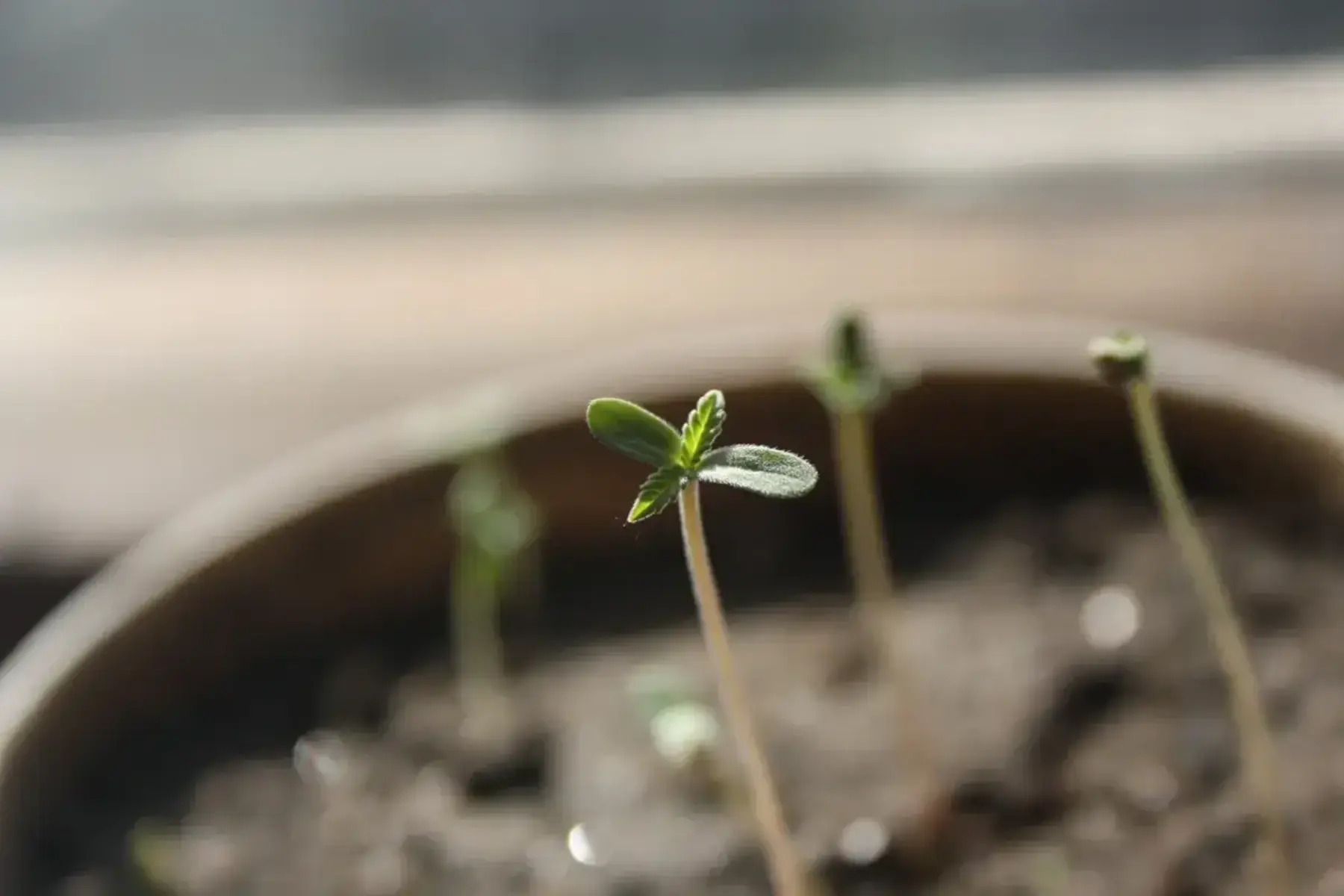
Temperature
Healthy seedlings thrive in a warm and humid growing environment. The temperature should be constant and between 21 – 25°C (70 – 80° F).
- Outdoors, a common issue is fluctuations in temperature. Consider protecting it with a homemade biome to provide a microclimate. That way it can be placed in a spot which will get sunlight all day and avoid stretching issues.
- Indoors, it is much easier to control temperature. Make sure it doesn’t fluctuate much and has enough light.
Do seedlings need nutrients?
Seedlings do not require nutrients in the early stages of their growth, especially if grown in specialist seed and seedling soil. As they develop and begin to grow upwards and outwards, some growers will apply a very weak nutrient solution.
Growers are advised to research nutrient products on the market and the guidelines associated with their use.
Common issues
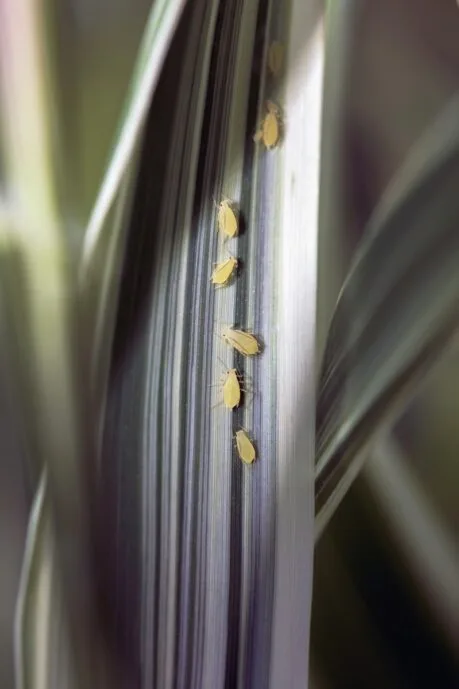
Apart from the problems already discussed in relation to water, light and environment, the causes will be pest or nutrient based.
- Pests: Keeping your grow space clean is the best way to avoid pest issues – with the most common villains being spider mites, whiteflies, and aphids. However, if identified, solutions such as spraying plants with neem oil or a weak soapy solution can be effective.
- Nutrient toxicity can be an issue for young plants; a soil mix can be what is known as a ‘hot mix’ with too much nutrient content. Signs of nutrient issues can be droopy plants, yellowing leaves and ‘burnt’ or curling leaf tips.
Transplanting
The simple answer to the question of when to transplant is to do so when they outgrow their growing medium. A large new nutrient rich soil addition is invigorating to new root system development and also new plant growth.
See our Tips for Transplanting for further information.
Conclusion
To summarize, seedlings need to be cared for diligently as they are reasonably delicate at this early stage in its life. They require water, humidity, heat and light to thrive, but within these categories it is important to get the balance right in order to avoid creating issues later on.
When the seed first emerges from its shell it will lay down roots below the surface of the soil and leaves above it. As it progresses, growth will accelerate and more leaves will begin to develop.
With careful management, it will soon be on to the next growing stage: the vegetative phase and ultimately the flowering phase. Careful management here makes sure they are optimally prepared for their future growth.


